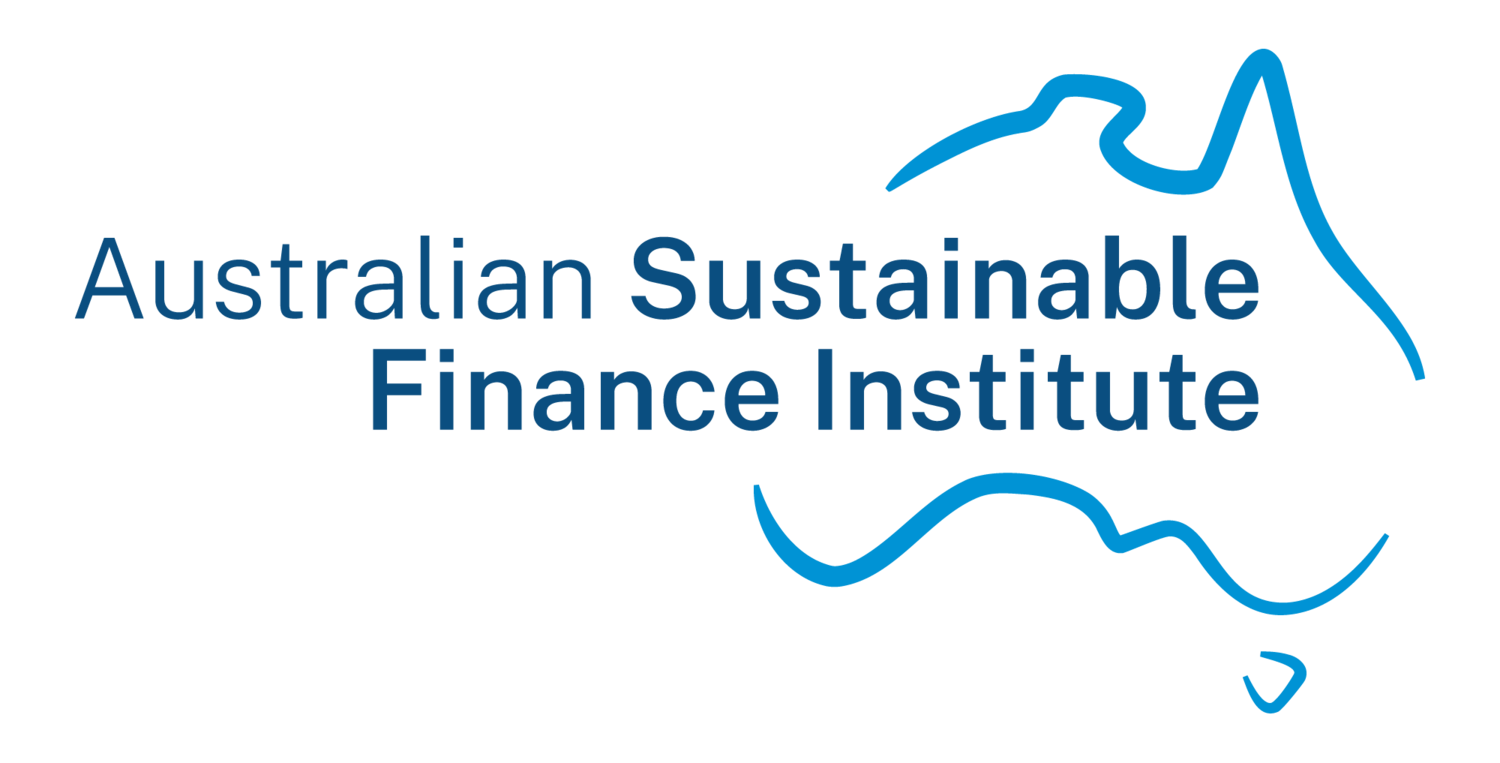Response to Parliamentary Inquiry Report on Economic Self-Determination for First Nations
Over the last year, a Joint Parliamentary Committee has been conducting an inquiry into First Nations self-determination. The Committee’s report was released earlier this month and garnered a strong response from First Nations groups. In this piece we outline ASFI’s analysis of the report and our recommendations for next steps.
The Committee’s final report represents an important milestone in addressing systemic barriers and unlocking the economic potential of First Nations communities. Its recommendations provide a broad framework for change, with a focus on access to finance, equity in emerging industries, and the importance of data-driven policy.
As an organisation committed to advancing sustainable finance and elevating First Nations perspectives and priorities within the financial system, ASFI contributed to this inquiry through a formal submission and an appearance before the Committee.
We are pleased to see that many of ASFI’s recommendations have been incorporated into the report, particularly those related to:
Establishing a nationally consistent framework for First Nations corporate disclosures.
Strengthening mechanisms to improve access to finance and capital for First Nations communities.
Elevating First Nations leadership and equity in clean energy transitions and sustainability agendas.
While the report lays a strong foundation, the test of its true strength lies in how the Government decides to respond to the report. The report's high-level recommendations must be translated into specific, actionable plans with accountability frameworks and long-term commitments - things which the government must decide to commit resources to implement.
Below, we explore the positives of the report, the opportunities it presents, and how the government and stakeholders should draw on the recommendations to drive meaningful action.
Strengths of the Report
Comprehensive Scope The report addresses interconnected barriers to First Nations economic self-determination, covering areas such as access to finance, intellectual property protection, and opportunities in emerging industries like clean energy and biodiversity. This broad approach ensures solutions address systemic challenges at their root and creates pathways for transformative change.
Focus on Evidence-Based Policy the call in Recommendation 2 for a national longitudinal Indigenous business dataset underscores the importance of reliable data. High-quality, comprehensive data will improve transparency, support accountability, and guide government, industry, and community organisations in creating targeted and measurable strategies.
Emerging Industries and Economic Opportunity Recommendations focusing on clean energy (Recommendation 18) and biodiversity (Recommendation 16) identify sectors with transformative potential. By centring equity and leadership, the report positions First Nations Australians as key contributors to Australia’s sustainability and economic future.
Flexibility for Tailored Solutions The report’s use of flexible, non-prescriptive language allows for further consultation and refinement during implementation. This ensures strategies can be tailored to the expertise and priorities of First Nations communities, government, and industry, creating more practical and effective outcomes.
Opportunities for Strengthening and Expanding Impact
First Nations communities are diverse and hyperlocal, requiring strategies that reflect their unique circumstances. The Government must prioritise funding for community-led approaches that empower communities to shape their own futures. However, it is equally critical that these investments foster long-term sustainability.
By funding organisations and initiatives that outlast government involvement, the government can reduce dependence on ongoing funding cycles and enable communities to achieve economic self-determination. Sustainable organisations can reinvest in their growth and adapt to emerging challenges, ensuring resilience and autonomy.
Recommendation 18 provides an example of this opportunity. The partnership between the First Nations Projects Group (FNPG) and ASFI to establish a First Nations peak body demonstrates how sustainable investment can operationalise long-term goals.
This peak body will enable First Nations communities to lead partnerships with industry and government on renewable energy projects, ensuring equity and shared ownership. Government funding for such organisations would ensure that Recommendation 18 transitions from a high-level goal to a tangible outcome rooted in sustainability and empowerment.
Next Steps
The Committee’s report provides a strong framework for advancing First Nations economic self-determination, but its true value will be realised through strong and timely Government response. There must be an immediate focus on translating the Committee’s recommendations into action by:
Investing in Sustainability: Funding organisations and projects that will outlast government involvement, enabling First Nations communities to achieve economic independence and resilience.
Developing Tailored Strategies: Supporting community-led, localised approaches that reflect the diversity and priorities of First Nations Australians.
Mobilising Resources Across Sectors: Leveraging expertise and resources from government, industry, and civil society to operationalise recommendations.
Embedding Accountability: Establishing clear timelines, measurable targets, and reporting mechanisms to ensure transparency and monitor progress.
The Joint Standing Committee’s report can drive systemic change and empower First Nations Australians, but only with decisive government action, meaningful investment, and sustained collaboration to ensure accountability, sustainability, and equity.
